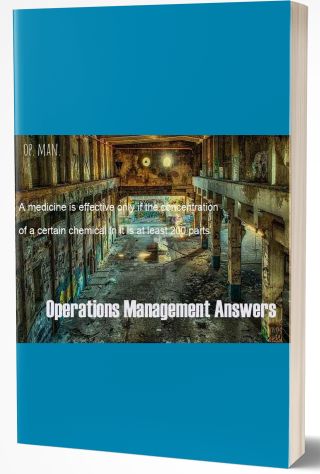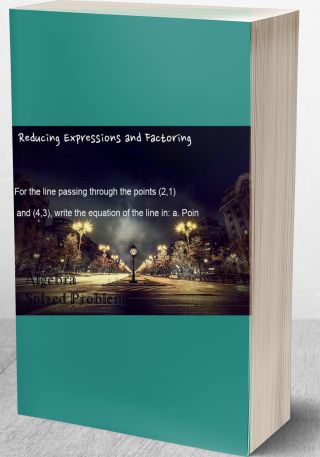The second fermentation of Champagne is achieved in the bottle, producing a sediment in addition to
Question: The second fermentation of Champagne is achieved in the bottle, producing a sediment in addition to the desired alcohol and CO2. This sediment must be removed from the bottle. To do this it is captured in an ice pellet by means of a lengthy process, and the pellet is expelled in a final production step called degorgement. The degorgement process is generally mechanized and highly controlled, but some champagne is unavoidably spilled, causing the contents of the bottles to be rather variable.
Suppose you are called in as a quality control consultant for Piper-Heidseick. Your job is to check the volume of the magnum (1.5 liters = 1,500 ml.) bottles that they produce at Reims. You proceed to take six samples of 12 bottles each, and obtain the data below.
| Sample | x-bar (ml.) | Range (ml.) |
| 1 | 1,501 | 8 |
| 2 | 1,498 | 10 |
| 3 | 1,499 | 12 |
| 4 | 1,498 | 7 |
| 5 | 1,501 | 9 |
| 6 | 1,497 | 0 |
(a.) Briefly discuss the difference between x-bar-bar and the specification, and justify the one you plan to use in this instance.
(b.) Find (using POM-QM) the upper and lower control limits for an x-bar chart. (Write down the sample size n that you are using). According to these limits, which samples, if any, seem to be out of control?
(c.) Observe that the range for sample 6 is 0. Is this a good or bad event (or neither)? Why?
Solution Format: Word Document


![[Solution] The staff demand at UNC student store in terms of hours per week is given below: Week Staff Dem #23571 Operations Management solutions](/images/downloads-images/featured/Ops-Management-question-23432.jpg)
![[Solved] A shipment of parts valued at $75,000 needs to be shipped from Tampa, FL, to Chicago, IL. They could #12578 Operations Management solutions](/images/downloads-images/featured/Ops-Management-question-24910.jpg)



